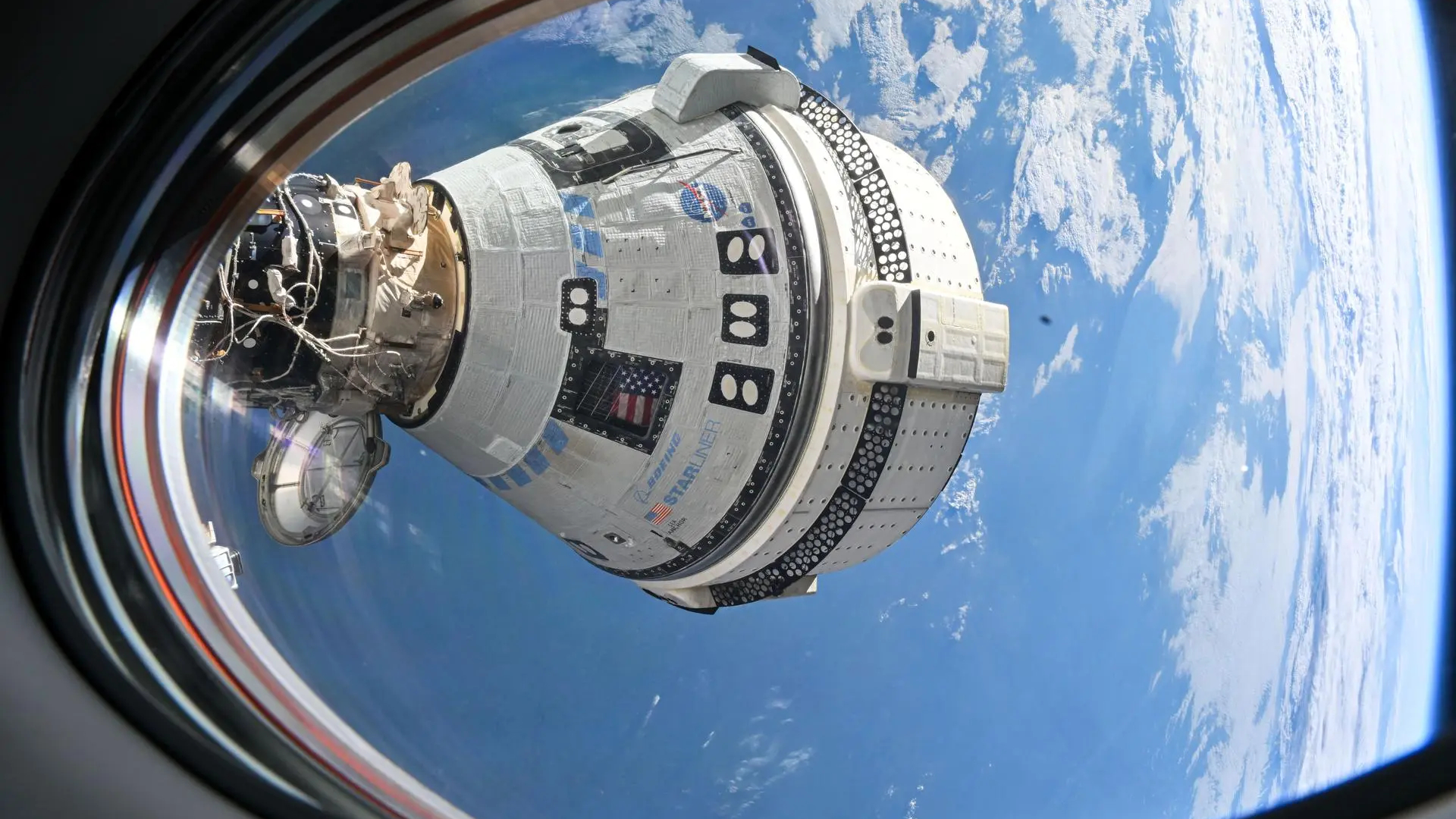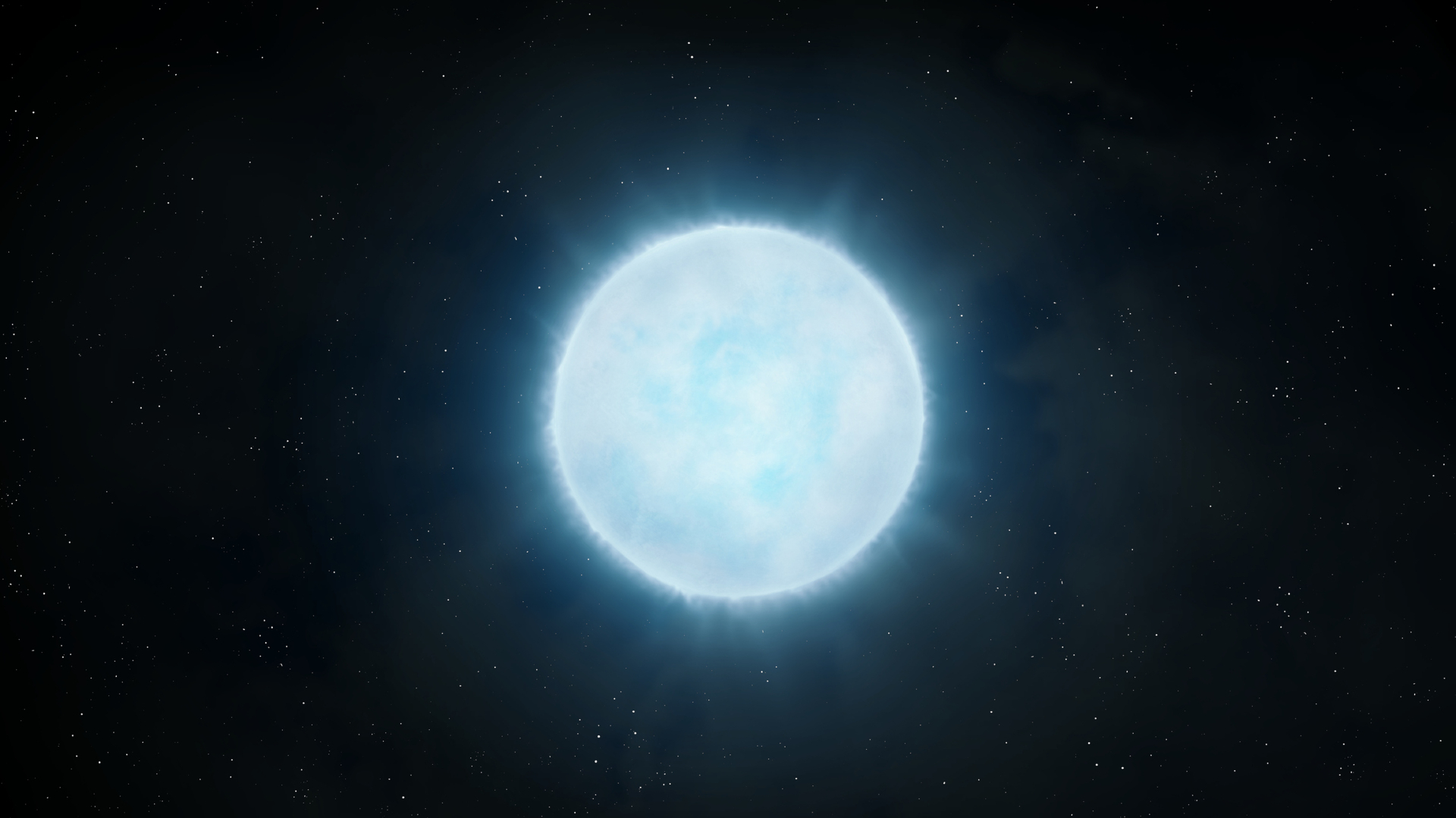Boeing's 1st crewed Starliner to return to Earth without astronauts on Sept. 6

Boeing's Starliner capsule now has a homecoming date.
NASA announced this evening (Aug. 29) that Starliner will depart the International Space Station (ISS) no earlier than next Friday (Sept. 6), provided the weather cooperates and no technical issues pop up.
If all goes according to plan, the capsule will undock at 6:04 p.m. EDT (2204 GMT) on Sept. 6 and land under parachutes six hours later in White Sands Space Harbor in New Mexico.
Starliner launched June 5 on its first-ever crewed mission, carrying NASA astronauts Suni Williams and Butch Wilmore toward the ISS. The capsule docked successfully a day later, but there was some drama; Starliner experienced a few helium leaks, and five of its 28 reaction control system thrusters failed on the way to the orbiting lab.
Starliner's mission, known as Crew Flight Test (CFT), was supposed to last just 10 days or so. But NASA and Boeing kept extending the capsule's orbital stay as they studied the thruster issue, seeking to understand what had caused it and whether it might crop up again on Starliner's journey back to Earth.
In the end, NASA decided that putting Williams and Wilmore back on Starliner was just too risky: The agency announced this past weekend that the two astronauts would come home on a SpaceX Dragon capsule in February of next year. (That Dragon will launch two astronauts to the ISS on the Crew-9 mission next month.) The Boeing capsule, meanwhile, would return home uncrewed.
We didn't have a target departure date for Starliner until today, however. That information came at the conclusion of a flight readiness review, held jointly by NASA and Boeing.
Breaking space news, the latest updates on rocket launches, skywatching events and more!
"The uncrewed Starliner spacecraft will perform a fully autonomous return with flight controllers at Starliner Mission Control in Houston and at Boeing Mission Control Center in Florida," NASA officials wrote in an update this evening.
"Teams on the ground are able to remotely command the spacecraft if needed through the necessary maneuvers for a safe undocking, re-entry, and parachute-assisted landing in the southwest United States," they added.
As NASA's update noted, Starliner has come back to Earth autonomously twice before, at the end of uncrewed test flights in December 2019 and May 2022. Starliner failed to reach the ISS as planned on the first of those missions but succeeded on the second.

Michael Wall is a Senior Space Writer with Space.com and joined the team in 2010. He primarily covers exoplanets, spaceflight and military space, but has been known to dabble in the space art beat. His book about the search for alien life, "Out There," was published on Nov. 13, 2018. Before becoming a science writer, Michael worked as a herpetologist and wildlife biologist. He has a Ph.D. in evolutionary biology from the University of Sydney, Australia, a bachelor's degree from the University of Arizona, and a graduate certificate in science writing from the University of California, Santa Cruz. To find out what his latest project is, you can follow Michael on Twitter.
